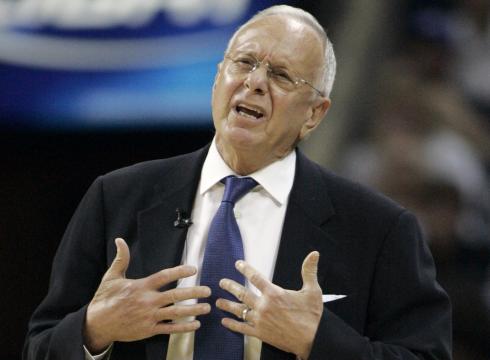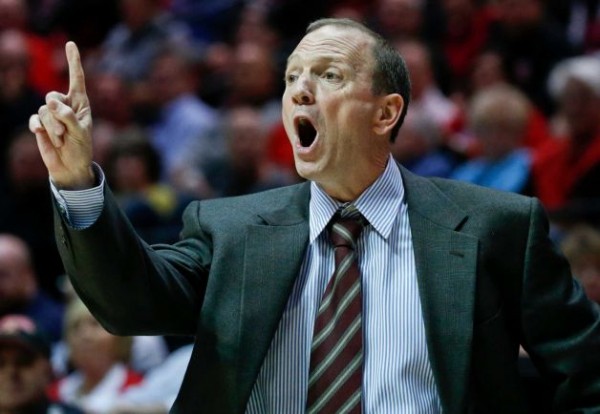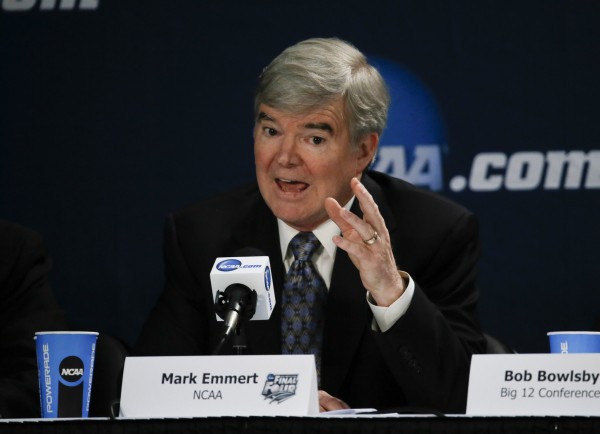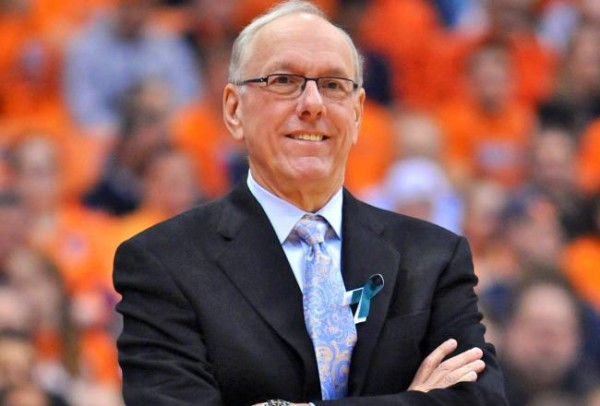SMU’s Alleged Academic Improprieties and How Scandals Still Follow Larry Brown
Posted by Mike Lemaire on January 16th, 2015Nearly 30 years since the NCAA lowered the boom on SMU’s football program by giving it the “death penalty,” it is time for SMU’s basketball program to take its turn in the not-so welcome crosshairs. It was reported earlier today that the school has received a Notice of Allegations from the the governing body that “includes accusations of academic improprieties.” Is anyone all that surprised that Larry Brown is once again in hot water with the NCAA? The allegations, or at least the one that sources are discussing, centers around sophomore Keith Frazier — a player who was declared ineligible earlier in the day and will miss the remainder of the season — and whether the school helped grease the wheels for Frazier’s eligibility coming out of high school. This shouldn’t come as a surprise to anyone who follows Mustangs’ basketball, however, as several outlets were reporting about improper grade changes and the SMU coaching staff’s involvement as far back as January. But this story shouldn’t really be about Frazier, or the imperfect and semi-hypocritical academic standards set forth by the NCAA; it should be about the SMU basketball program and Larry Brown’s dedication to flouting NCAA rules everywhere he ventures.
This is the third ineligibility issue related to academics under Brown this season alone. Star forward Markus Kennedy sat out the first half of the season because of his academic shortcomings and Xavier transfer Justin Martin‘s decision to leave school to play professionally reportedly had as much to do with shoddy academics as with his desire to take his game to the next level. Now Frazier has been ruled ineligible for the rest of the season and it turns out that the “personal reasons” that forced star recruiter and assistant coach Ulric Maligi to take an indefinite leave of absence were probably related to his seemingly hands-on role in helping Frazier become eligible. The willful misinformation that SMU is putting out there is strong enough to make us look like jerks and wonder whether Frazier’s absence from Thursday’s practice actually was related to a death in the family. It sounds terribly crass to even suggest such a thing, but the Mustangs have brought this type of scrutiny on themselves because of their efforts to mask the underlying issues within the program.
















































